stop sign ahead
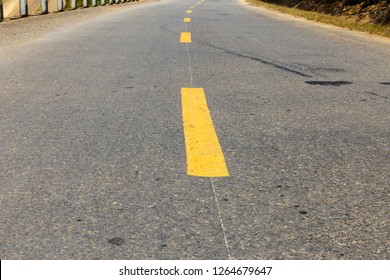
When is passing allowed?
passing is allowed when safe
Can you make a turn here Tuesday at 4pm?

The safest precaution that you can take regarding the use of cell phones and driving is:
A. Use hands free devices so you can keep both hands on the steering wheel
B. Keep your phone within easy reach so you won't need to take your eyes off the road
C. Review the number before answering a call
A. Use hands free devices so you can keep both hands on the steering wheel
lane ends
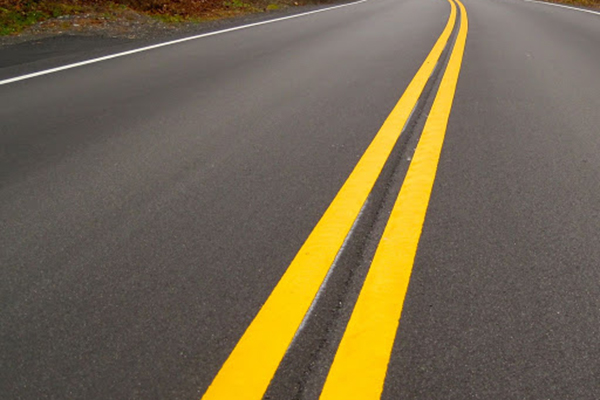 You may cross a double solid yellow line:
You may cross a double solid yellow line:
A. When making a left turn
B. When passing other vehicles, is safe
C. Under no circumstances
A. When making a left turn ONLY (no passing zone)
Parked >18 inches (1.5 feet) from the curb
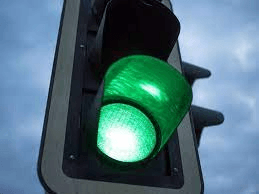
If you have a green light but traffic is blocking the intersection, you should:
A. Stay out of the intersection until traffic clears
B. Enter the intersection and wait until traffic clears
C. Merge into another lane and try to go around traffic
A. Stay out of the intersection until traffic clears
What are two things that help you when you are stressed?
breathing, music, take breaks
"T" intersection
Two-way left turn lane
Parked on a uphill, wheels should be turning to the left
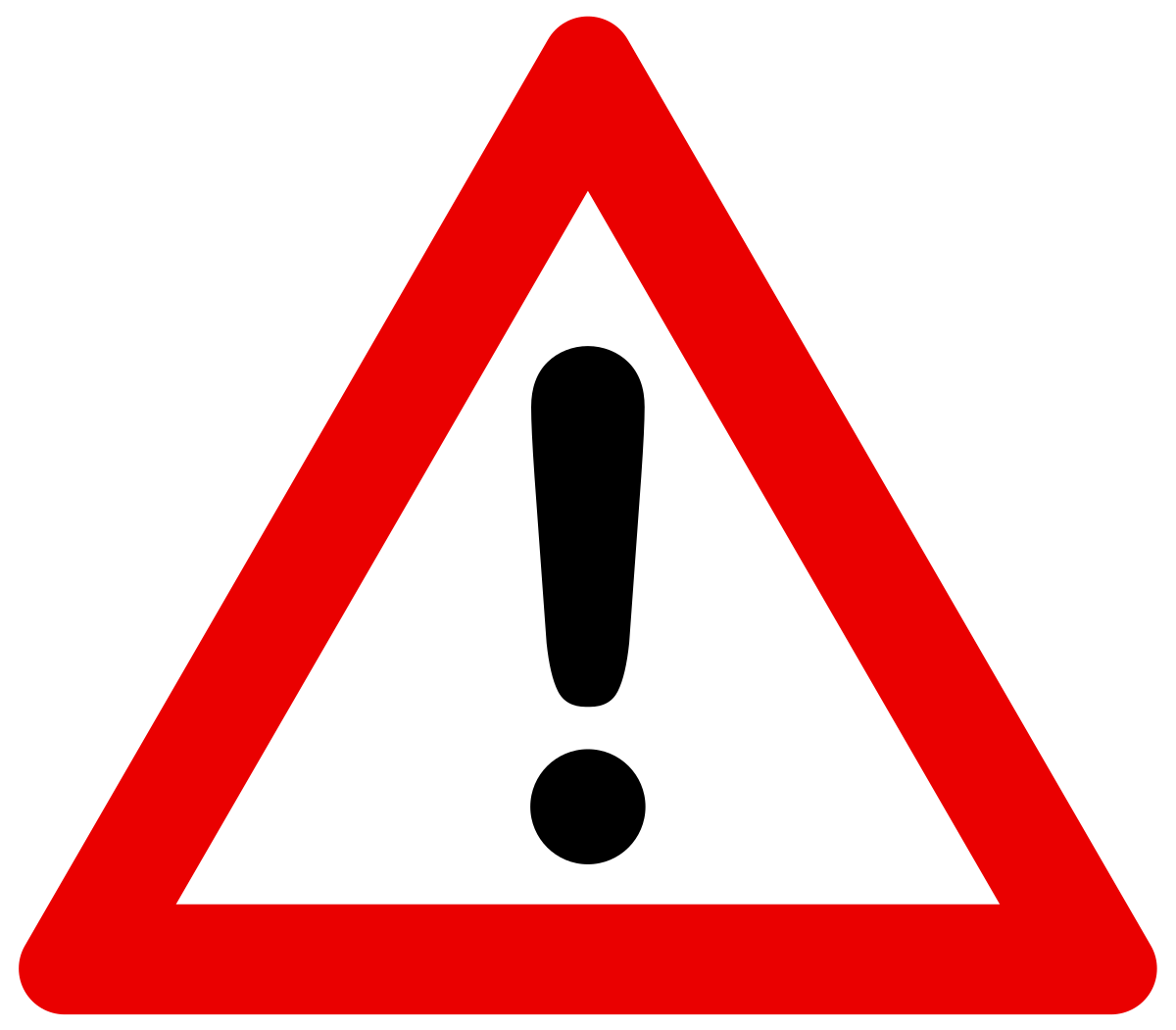
All of the following practices are dangerous to do while driving. Which of these is also illegal?
A. Listening to music through headphones that cover both ears
B. Adjusting your outside mirrors
C. Transporting an unrestrained animal inside the vehicle
A. Listening to music through headphones that cover both ears
What helps you memorize facts and information?
flashcards, repetition, studying in a group
Divided highway

A single solid white line between lines can be crossed:
A. Only when a special situation requires it
B. Only to turn left into a side road
C. Under no circumstances
A. Only when a special situation requires it (i.e. to avoid a hazard, discouraged but not illegal).

Lanes marked on both sides by double-broken yellow lines are:
A. Reversible lanes
B. Emergency lanes
C. Carpool lanes
D. Turn lanes
A. Reversible lanes
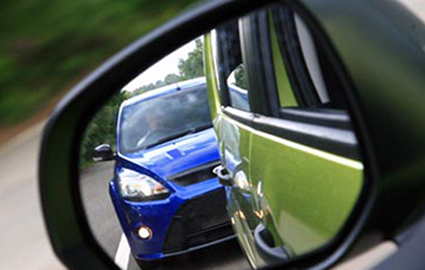
When you tailgate other drivers (drive close to their rear bumper):
A. You can frustrate the other drivers and make them angry
B. Your actions cannot result in a traffic citation
C. You help traffic congestion
A. You can frustrate the other drivers and make them angry
What tools do you use to organize your time?
Google calendar, to-do lists, pomodoro technique

This pavement symbol marks:
A. lanes shared by bikes and motorists
B. lanes reserved by left turns
C. lanes reserved for bicyclists
A. lanes shared by bikes and motorists called "sharrows"
You are driving on a freeway posted for 70 mph. The traffic is traveling at 75 mph. You may legally drive:
A. 75 mph or faster to keep up with the speed of traffic
B. Between 70 mph and 75 mph
C. No faster than 70 mph
C. No faster than 70 mph
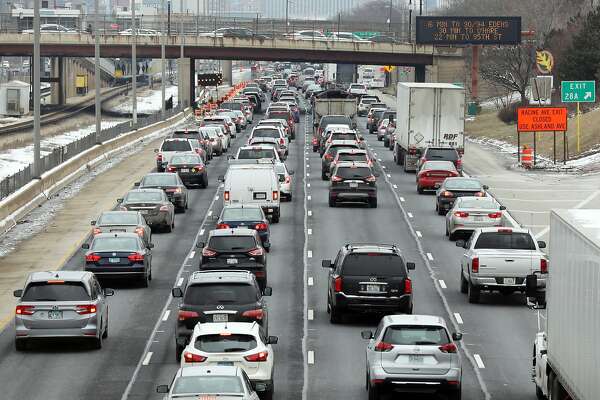
Should you always drive slower than other traffic?
A. No, you can block traffic when you drive too slowly
B. Yes, it is a good defensive driving technique
C. Yes, it is always safer than driving faster than other traffic
A. No, you can block traffic when you drive too slowly
What do you to take care of yourself and relax?
sleep, eating well, being active
